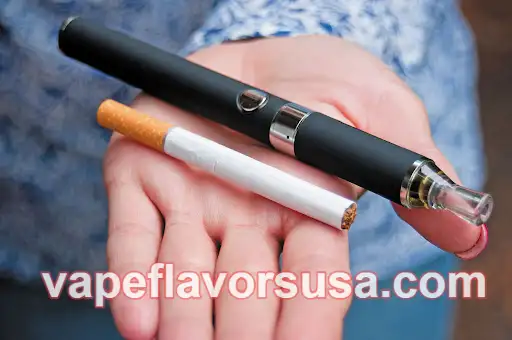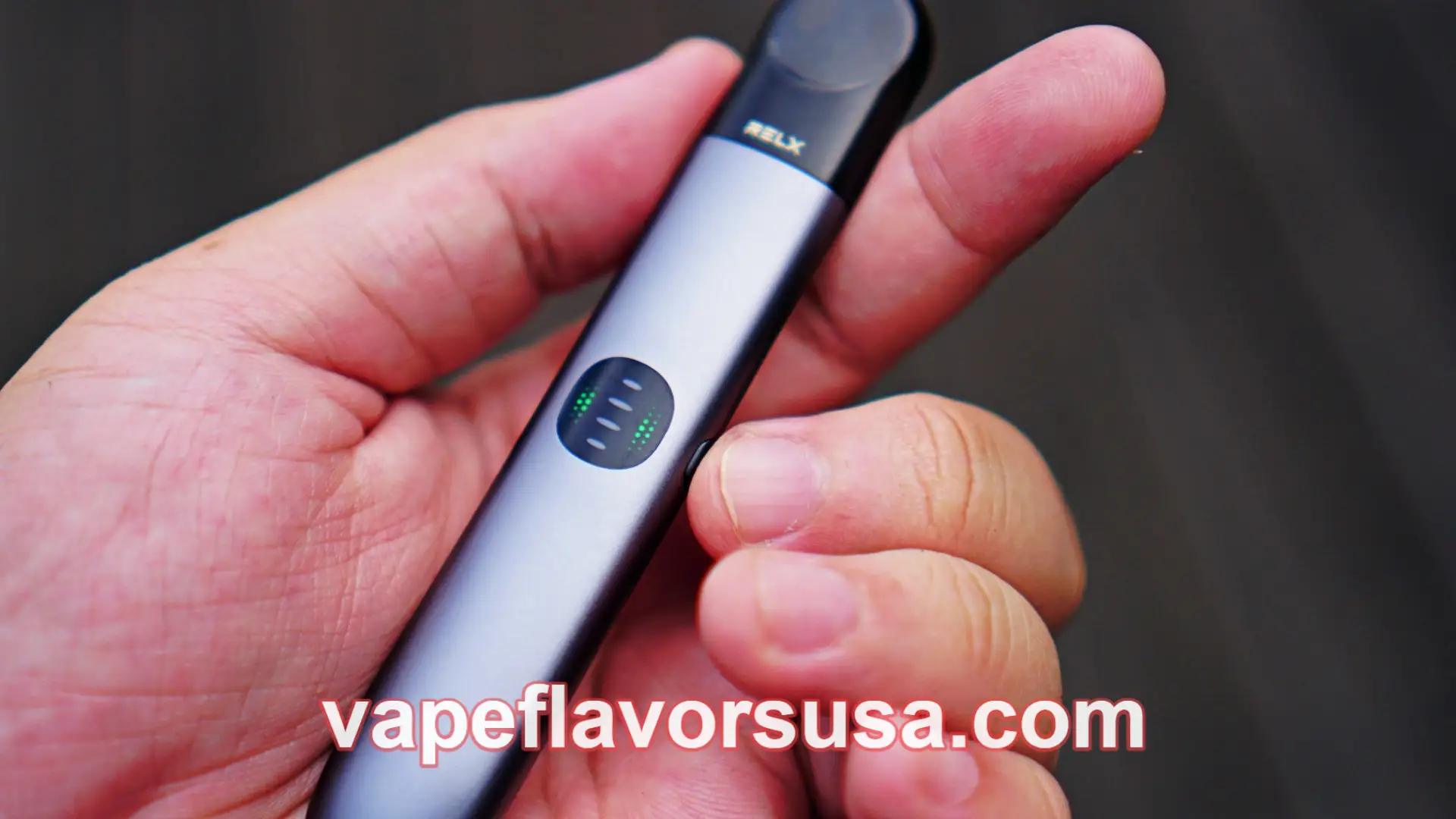In late November 2024, British American Tobacco (BAT) officially launched its NOMAD SYNC 5000 synthetic nicotine vape in South Korea. This was a big deal because, under current South Korean laws, synthetic nicotine isn’t categorized as a tobacco product. This loophole allowed BAT to avoid tobacco taxes and other regulatory requirements that apply to traditional cigarettes and vape products made with natural nicotine. However, fast-forward to 2025, and the South Korean government is pushing hard to change that. Legislators have been working to close this loophole by redefining synthetic nicotine products under the same laws that govern regular tobacco. This move is designed to curb the growing use of these products in South Korea.

As one of East Asia’s largest tobacco markets, South Korea presents both challenges and opportunities for the vape industry. With traditional cigarette use on the decline and rising health consciousness among consumers, the market has seen a significant shift toward newer, “healthier” alternatives like heated tobacco products (HTP) and vapes. But the future of these products could be heavily influenced by the country’s evolving regulatory landscape.
Heating Up the Vape Market: HTPs and Open-System Vapes on the Rise
Sam Kim, Sales Manager at Connected Korea, a local e-liquid company, shared some key insights into the South Korean tobacco market. According to 2023 data, the total market value reached a whopping $11.3 billion, broken down as follows:
- Traditional Cigarettes: 73.1%
- Heated Tobacco Products (HTP): 19.0%
- Open-System Vapes: 4.9%
- Closed-System Disposable Vapes: 2.5%
Despite traditional cigarettes still holding the lion’s share of the market, there’s been a sharp uptick in the use of newer tobacco alternatives, particularly HTPs. Companies like Philip Morris and KT&G have invested heavily in cultivating interest in heated tobacco, and it’s paying off. More and more young Koreans are flocking to these products, especially with the promise of a less harmful experience compared to smoking traditional cigarettes.
But it’s not just HTPs that are grabbing attention—open-system vapes are also on the rise. Though these products entered the market a bit later than HTPs, they’ve gained a lot of traction among younger consumers due to their lower odor and claims of being a “lower-risk” alternative to cigarettes. Sam believes this category will continue to grow rapidly in the coming years.
The rise in popularity of open-system vapes is also benefiting local e-liquid companies like Connected Korea. The company uses data on consumer preferences to create custom vape juices and has launched products like the HYPERMIX and SEOUL JUICE lines, which are becoming increasingly popular among South Korea’s vape community.
Disposable Vapes: Convenience Meets Demand
Disposable vapes, while still a small part of the overall market, are starting to make waves in South Korea. Sam points out that these products have a lot of appeal due to their convenience, affordable pricing, and ease of use. Though disposable vapes only account for about 2% of the total market, their popularity is expected to grow as more consumers opt for a no-fuss vaping experience.
To give you some context, when JUUL, the American vape giant, entered the South Korean market in 2019, it initially gained traction. However, things went south fast after a scandal involving a harmful substance, Vitamin E acetate, which led to serious health concerns. The backlash was so intense that JUUL pulled out of the market altogether in 2020. Since then, the market has been dominated by foreign brands like VUSE (owned by BAT) and Bubblemon, which was acquired by the Chinese company RELX.
Still, despite their presence, disposable vapes like VUSE and Bubblemon represent less than 2% of the market, signaling both room for growth and the challenges of breaking into the saturated market.
Women Are Leading the Charge: Changing Vape Demographics
Interestingly, the demographic makeup of South Korea’s vape consumers is shifting. While the country’s vape market is still largely driven by younger males, the number of female consumers is on the rise. Sam shared that women in their 20s are increasingly turning to vapes as an alternative to smoking traditional cigarettes. In fact, a 2022 survey found that 25% of all online searches for vapes came from women in their 20s.

This trend is particularly noteworthy because it marks a shift in vaping culture in South Korea. Historically, smoking has been more popular among men, but vaping seems to be breaking that mold. As more women embrace vaping, it’s creating an entirely new consumer segment for vape brands to target. In fact, it’s expected that in the coming years, women will continue to make up a larger share of the market.
With that shift comes new opportunities for companies to create vape products and flavors specifically geared toward female consumers, offering a wider range of options to cater to this demographic.
Retail Challenges: Breaking Into the Convenience Store Market
While the vape market in South Korea is growing, gaining access to key retail channels like convenience stores is a whole different ball game. Sam pointed out that South Korea’s convenience store chains are known for their high entry costs, including upfront fees for product placement, marketing, and store placement. For companies looking to break into the market, this means making a significant financial commitment.
In fact, many vape brands are now shifting their focus toward online channels, as the cost of retail space has made it increasingly difficult to maintain high profit margins at physical stores. This transition to e-commerce is transforming the way vape products are marketed and sold, and it’s also reshaping the competitive landscape in South Korea.
The Government’s Growing Scrutiny: Synthetic Nicotine Under Fire
One of the biggest stories in South Korea’s vape market right now is the government’s push to regulate synthetic nicotine, which has become a major component in many e-liquids. Synthetic nicotine is popular because it’s often cheaper than natural nicotine, and under current laws, it’s not subject to the same taxes as tobacco-derived nicotine. In fact, it’s estimated that around 90% of vape products in South Korea use synthetic nicotine as a way to avoid high tobacco taxes.

However, the South Korean government has taken notice. In November 2024, lawmakers introduced a proposal to amend the Tobacco Business Act, which would bring synthetic nicotine under the same regulatory framework as tobacco nicotine. This would mean that products containing synthetic nicotine would face the same taxes, rules, and restrictions as traditional tobacco products.
While the proposed changes haven’t passed yet, there’s a lot of speculation about how they will impact the market. If synthetic nicotine products become subject to the same taxes as tobacco, Sam believes consumers may simply switch back to natural nicotine products, which are cheaper by half.
The tax issues surrounding synthetic nicotine have already cost the South Korean government billions in lost revenue. The proposed changes are expected to generate much-needed tax income, but they also carry the risk of stifling innovation in the vape industry.
The Uncertainty of Regulation: What’s Next for Vape Companies?
While the proposed changes to synthetic nicotine regulation are still in flux, the market is bracing for a possible overhaul of the vape industry’s regulatory landscape. Sam notes that while new regulations may bring greater clarity and fairness to the market, they could also create more obstacles for emerging vape brands.
One potential opportunity that hasn’t fully taken off in South Korea is the rise of nicotine pouches, a product that’s gained popularity in markets like the U.S. and Europe. However, nicotine pouches haven’t yet found a strong following in South Korea, mainly due to the lack of awareness and skepticism among consumers. Furthermore, the legal status of nicotine pouches remains uncertain, making it a risky investment for companies looking to enter the market.
Looking Ahead: Big Opportunities, Big Risks
As Sam puts it, the future of the vape market in South Korea is full of both opportunities and challenges. With new products like HTPs and open-system vapes gaining popularity, the market is certainly evolving. However, the ongoing regulatory uncertainty, especially surrounding synthetic nicotine, means that companies need to stay agile and adaptable.

In the next 3-5 years, South Korea’s vape market is likely to undergo significant changes, driven by shifts in consumer preferences, advances in vaping technology, and government regulations. For companies looking to succeed in this space, it will be crucial to not only stay ahead of the trends but also navigate the complex and ever-changing regulatory environment.
Conclusion
South Korea’s vaping landscape is one of constant change. With synthetic nicotine under increasing scrutiny, the market may look very different in the next few years. But for companies able to adapt and understand shifting consumer preferences, especially among younger, health-conscious consumers, there are still plenty of opportunities to make their mark. Whether you’re a fan of HTPs, open-system vapes, or disposable vapes, South Korea’s market is one to watch closely as it continues to evolve.

